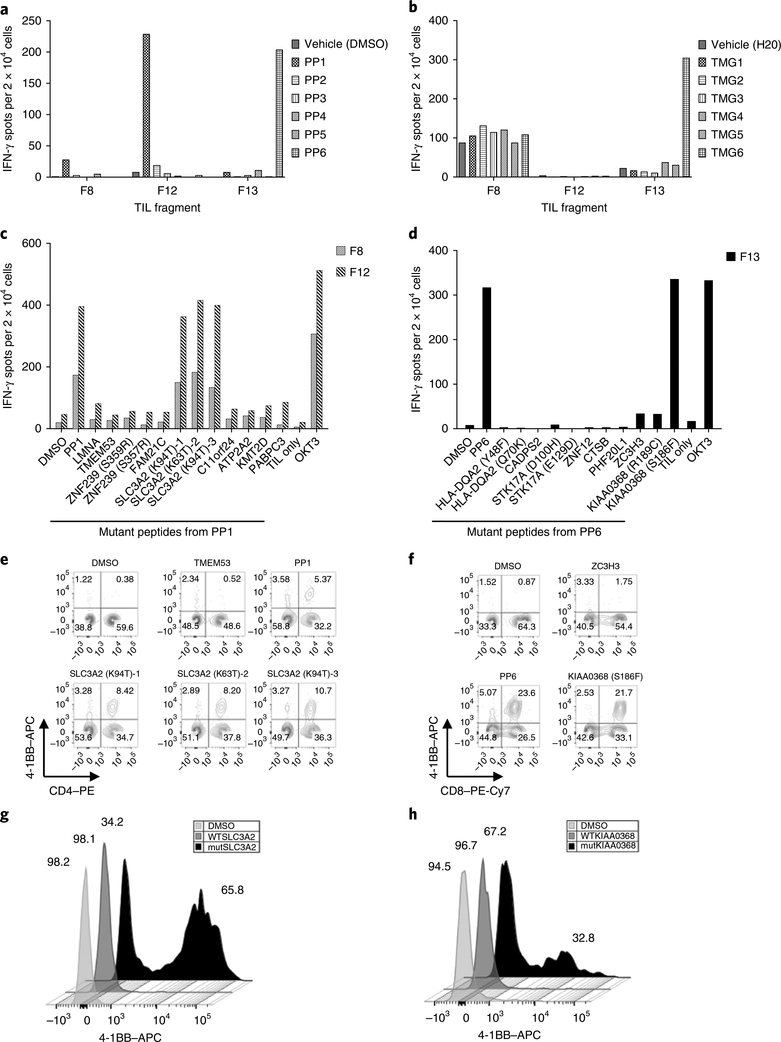Fig. 1 |. TIL populations from patient 4136 recognize autologous mutant SLC3A2 and KIAA0368 antigens.
a, Interferon (IFN)-γ production, as determined by ELISPOT assay, following coculture with autologous B cells pulsed with the respective peptide pools, showing that TIL fragments F8 and F12 recognize a component of peptide pool PP1 and that F13 recognizes a component of peptide pool PP6. b, IFN-γ production following coculture with autologous B cells that were electroporated with TMG RNA, showing that fragment F13 also recognizes one of the TMGs within TMG6. c, IFN-γ production following coculture with autologous B cells that were pulsed with the individual peptides within peptide pool PP1, showing that TIL fragments F8 and F12 recognize the mutSLC3A2 (p.Lys94Thr, p.Lys63Thr) peptides. d, IFN-γ production following coculture with autologous B cells that were pulsed with the individual peptides within peptide pool PP6, showing that F13 specifically recognizes the mutKIAA0368 (p.Ser186Phe). e, Flow cytometry analysis of F12 T cells after coculture with B cells that were pulsed with mutSLC3A2 peptides, showing that 4–1BB expression was upregulated. No upregulation was observed when mutant transmembrane protein 53 (TMEM53) or other mutant peptides from PP1 (not shown) were tested. f, Flow cytometry analysis of F13-reactive T cells after coculture with B cells that were pulsed with mutKIAA0368 (p.Ser186Phe) peptide, showing that 4–1BB expression was upregulated. No upregulation was observed when mutant zinc finger CCCH-type containing 3 (ZC3H3) or other mutant peptides from PP6 (not shown) were tested. In e and f, cells were gated on CD3, and data are representative of at least three independent experiments. g, Flow cytometry analysis of allogeneic T cells that were transduced with the sequences encoding TCR K, which specifically recognized the 18-mer mutSLC3A2 peptide (amino acid sequence LLASSDPPALASTNAEVT), as shown by upregulation of 4–1BB. These results are representative of all seven TCRs that were found to specifically recognize the mutSLC3A2 peptide. h, Flow cytometry analysis of allogeneic T cells that were transduced with sequences encoding TCR R, which specifically recognized the 25-mer mutKIAA0368 (p.Ser186Phe) peptide, as shown by upregulation of 4–1BB. In g and h, cells were gated on CD3, and data are representative of two independent experiments. WT, wild type.

